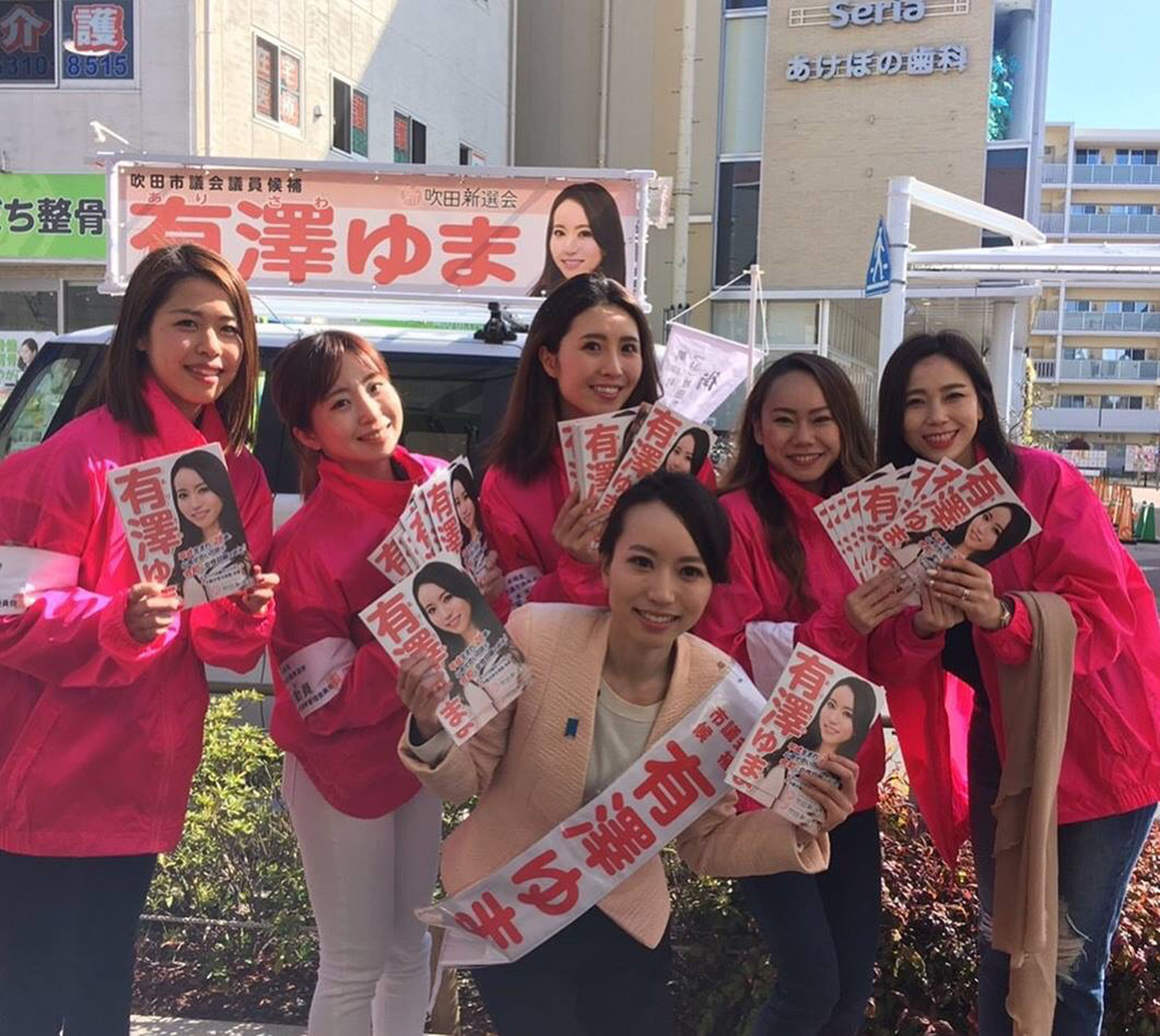Japan is known for its low rates of female participation in politics and ranks poorly internationally. However, there are some positive trends afoot, with the recent unified nationwide series of local elections seeing the largest number of female assembly and mayoral candidates being elected ever.
The second and final round of the unified elections, held every four years, took place April 21. In addition to the more than 200 mayoral contests (including many that were uncontested), assembly elections took place in 283 cities, 282 towns and villages, and 20 wards in Tokyo (excluding 11 cities and 93 towns and villages in which seats were uncontested).
The proportion of female candidates running for assembly seats reached 17.3 percent in cities and 12.1 percent in towns and villages, a record high. Out of 6,724 candidates chosen in assembly contests across 41 prefectures, 1,239 females were elected. This number (representing 18.4 percent) was a record high (2.3 percentage points higher than in 2015). The winning rate of these candidates was 88.9 percent, some 5.5 points higher than the rate when male and females are considered together.



















With your current subscription plan you can comment on stories. However, before writing your first comment, please create a display name in the Profile section of your subscriber account page.